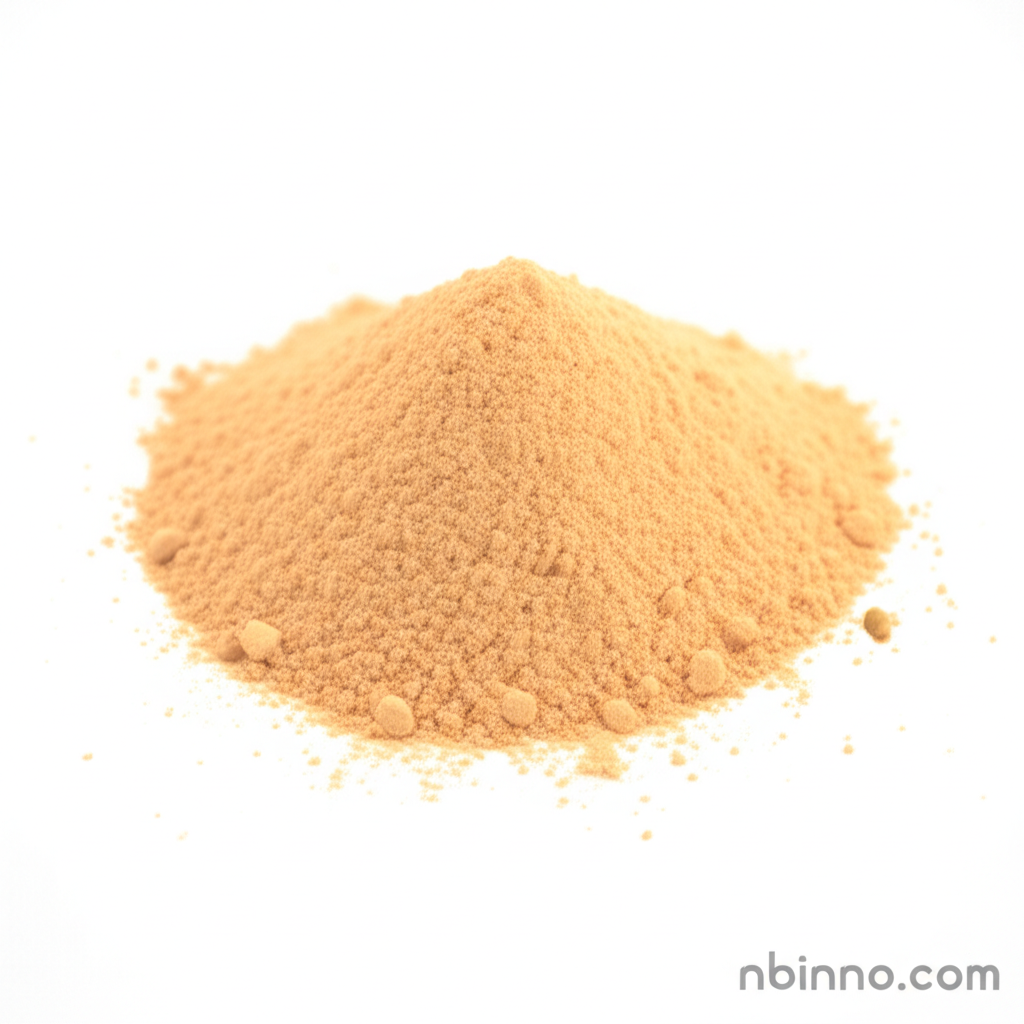1,4-Dibromonaphthalene: A Key Intermediate for Advanced Materials
Explore the versatile applications of CAS 83-53-4 in OLED technology and pharmaceutical synthesis.
Get a Quote & SampleProduct Core Value

1,4-Dibromonaphthalene
This compound serves as a crucial building block for advanced functional materials, especially within the rapidly growing field of organic light-emitting diode (OLED) technology. Its unique molecular structure facilitates the synthesis of intermediates essential for high-performance electronic applications.
- Leverage 1,4-dibromonaphthalene synthesis for cutting-edge OLED materials, enabling brighter and more efficient displays.
- Utilize this CAS 83-53-4 chemical intermediate as a key component in complex pharmaceutical synthesis pathways.
- The brominated naphthalene derivative is essential for crafting organic electronic devices with superior properties.
- Its role as a triplet excitation acceptor makes it invaluable for phosphorescent applications in advanced electronics.
Key Advantages
Versatile Chemical Reactivity
As a key organic chemistry intermediate, 1,4-dibromonaphthalene excels in cross-coupling reactions, facilitating the creation of new carbon-carbon bonds for diverse molecular architectures.
OLED Technology Enabler
This compound is indispensable for producing organic electronic devices, particularly for its contribution to synthesizing OLED materials with enhanced thermal stability and efficient light emission.
Drug Discovery Foundation
The compound's utility extends to drug discovery, where it serves as a building block for creating molecules with potential enzyme-inhibitory, antifungal, antibacterial, and anticancer activities.
Key Applications
OLED Intermediate
Essential for synthesizing light-emitting materials and charge transport layers in OLED devices, enhancing display performance.
Pharmaceutical Synthesis
Acts as a fundamental building block for developing complex drug molecules with various therapeutic properties.
Coordination Chemistry
Used in the preparation of coordination compounds, expanding its application scope in materials science and catalysis.
Organic Electronic Devices
Contributes to the development of various organic electronic components due to its unique electronic and optical properties.
